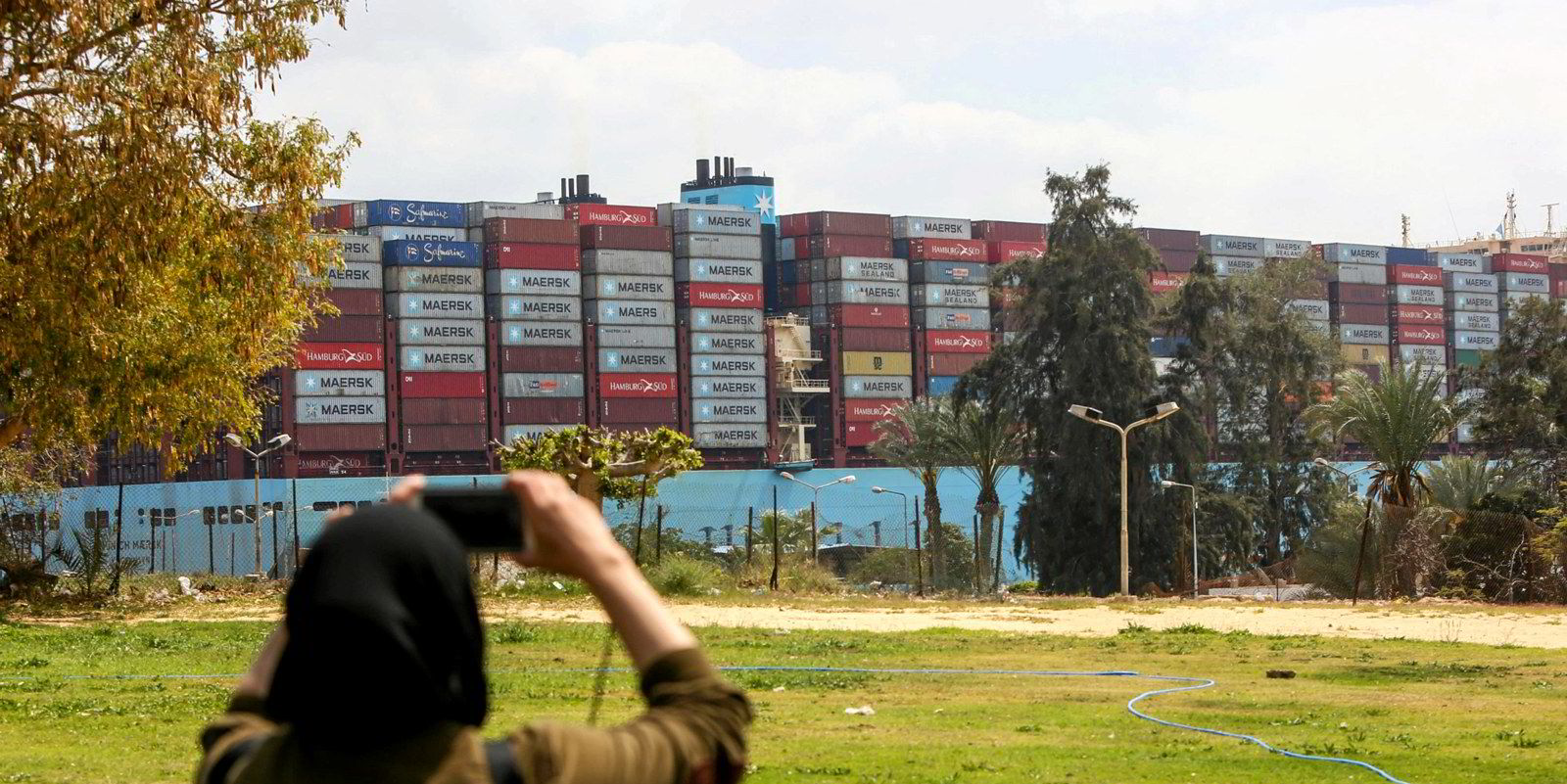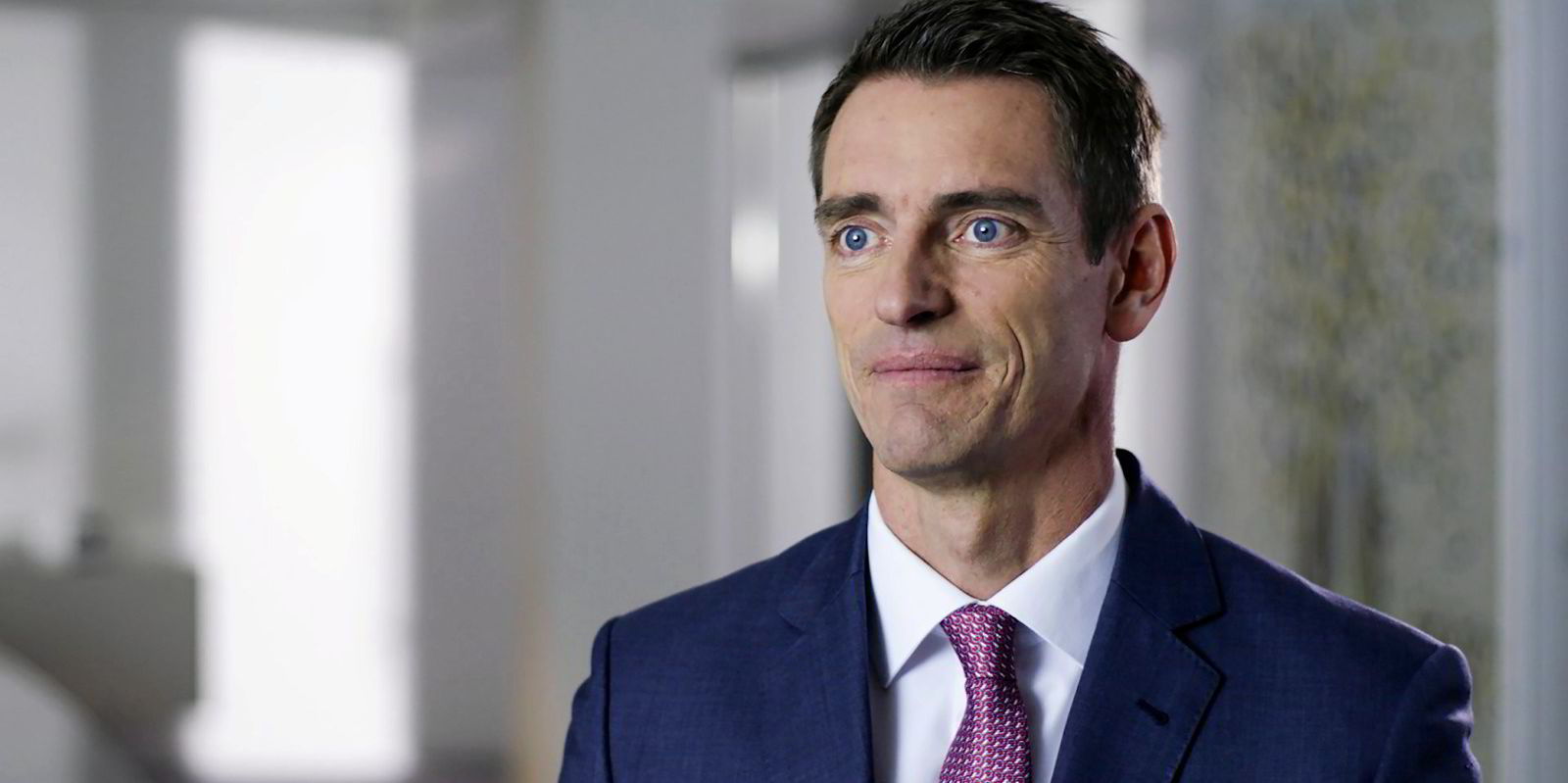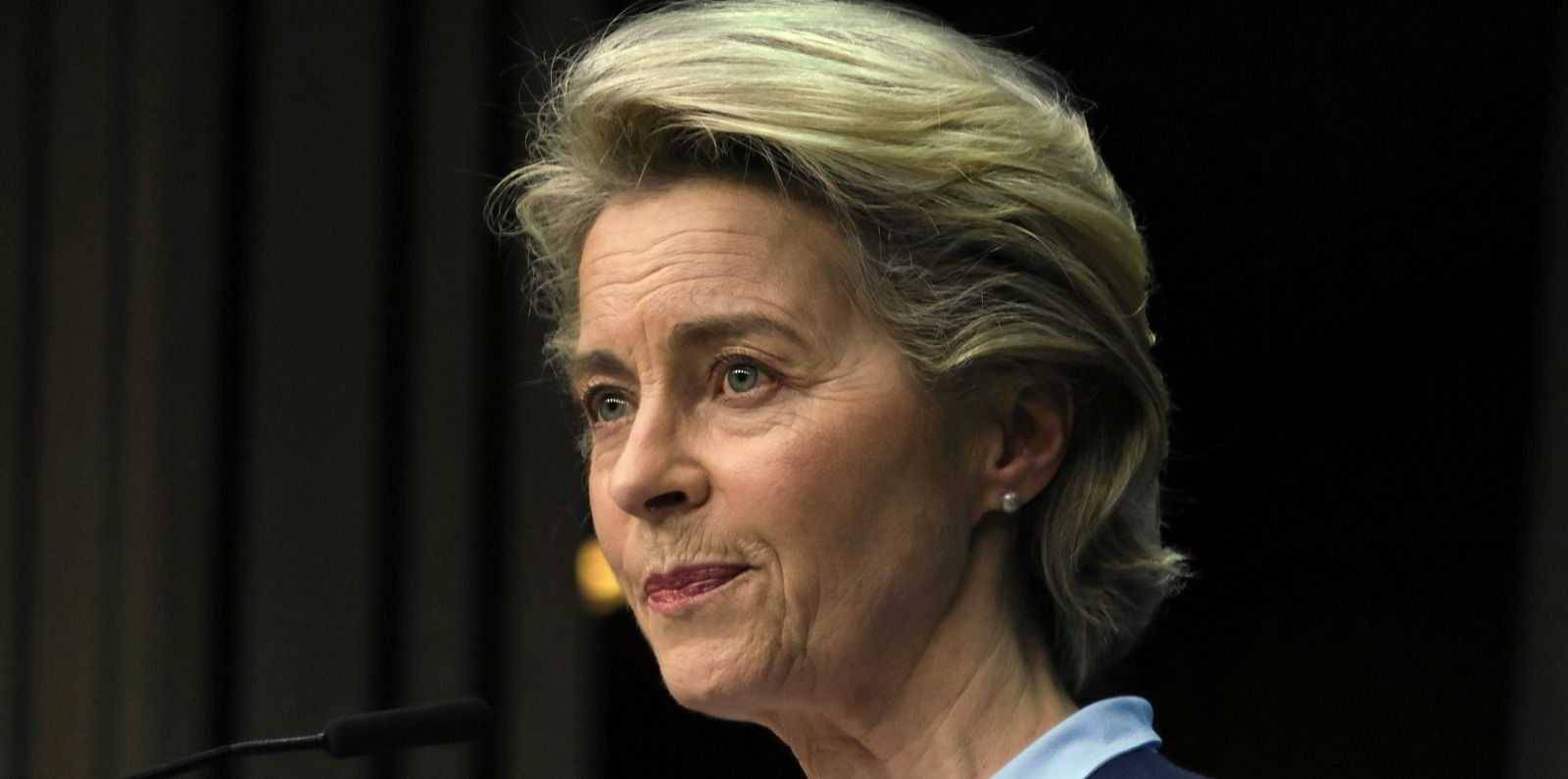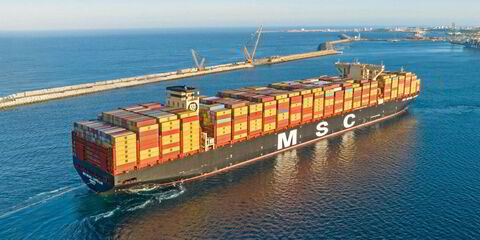The temporary blocking of the Suez Canal again underlined the enormous contribution played by shipping to world trade — and wealth.
One accident with a giant containership and the world’s media is fretting about businesses and consumers being left without desperately needed goods.
The often-invisible maritime industry is suddenly centre stage in the eyes of the public, newly appreciated amid aerial pictures showing vessel traffic jams outside the waterway.
The Suez “crisis” has prompted more debate about the wisdom of long global supply chains, not least Europe’s dependency on China as the workshop of the world.
This debate was already in full swing due to Covid-19 and growing nationalism.
The accident involving the 20,388-teu Ever Given (built 2018) has also raised questions about the increasing use of mega-ships and the realisation that so much trade can be held up by a relatively small problem in one place.
It is less than three months since the price of gas soared as LNG vessels found themselves in long queues to enter the Panama Canal.
To this could be added other potential chokepoints such as the vulnerability of the Strait of Hormuz to land-based rocket attacks or the Strait of Malacca to piracy. Then there is the growing tension between China and its neighbours over who controls the South China Sea.
About 50 ships a day pass through the 193-km (120-mile) Suez Canal, which has served global trade so successfully for 150 years.
There was no expectation when it was built that it would handle the kind of ships represented by the Ever Given and its cargo of 20,000 containers.
Yet there are already vessels being constructed in China that will be bigger than that, while class society DNV has given outline approval to Hudong-Zhonghua Shipbuilding Group for a 25,000-teu boxship design.
We are moving towards a just-in-case supply chain, not just-in-time. This incident will make more people think about their supply chains
Soren Skou
The economies of scale on these mega-ships are highly attractive, even though the number of ports that can handle them is smaller.
Avoiding Suez can be done using the Cape of Good Hope around southern Africa, but it introduces extra fuel, time and carbon emissions to a journey.
Equally, the Suez problem could encourage shipowners to think harder about Russia’s Northern Sea Route. That passageway is becoming more accessible as the ice melts faster, but is highly controversial, given the Arctic’s unique environment and wildlife.
The debate about the wisdom of global and just-in-time supply chains has been intensifying for a while.
The increasing outsourcing of work and jobs to lower-cost countries, such as China, has led to social and political unrest in the West.
Donald Trump’s Make America Great Again was partly constructed to appease a domestic army of industrial workers who have lost their livelihoods.
Similar tensions explain some of the factors that have led to growing nationalist support for Boris Johnson, Narendra Modi and Jair Bolsonaro.
Soren Skou, chief executive of AP Moller-Maersk, told the Financial Times this week that Suez will definitely make people think harder about security and logistics.
“We are moving towards a just-in-case supply chain, not just-in-time,” he said. “This incident will make more people think about their supply chains.”
It is great to have cheap costs by using a limited number of suppliers and stocks at any one time, but “there is no just-in-time cost savings that can outweigh the negative of losing sales”, Skou added.
Disruption in Suez will lead to high freight rates for some container shipping companies that had already done well out of a rate boom last year around Covid-19.
The supply-chain difficulties come at a time when retailers are restocking for the northern hemisphere summer. With lockdown restrictions loosening in some countries, there is plenty of pent-up consumer spending demand.
The immediate crisis over the grounding may be over and canal traffic moving again. But Suez raises a wider debate that will not go away.







